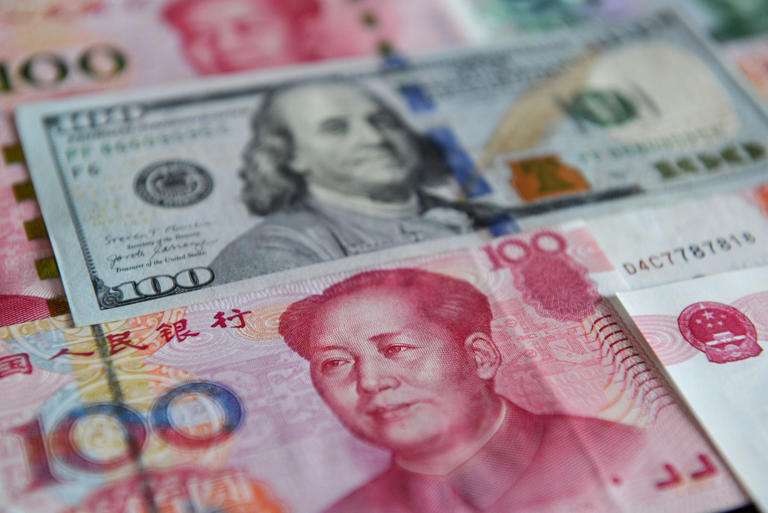China is currently making efforts to promote the global use of the yuan as a means to protect itself against potential sanctions imposed by Western countries. The main objective of Beijing’s push is to reduce the risks associated with geopolitical tensions, particularly those related to Taiwan. However, China’s trading partners may face challenges in adopting the yuan as a more prominent currency. It is important to note that China’s current focus on expanding the use of the yuan internationally is primarily driven by the need for sanctions protection, rather than a desire for currency dominance. This viewpoint is supported by Zoe Liu, a researcher at the Council on Foreign Relations, who emphasized that China’s strategies in developing an alternative financial system are defensive in nature, at least for now. Liu’s analysis was published on the website of the Official Monetary and Financial Institutions Forum, a think tank based in London.
According to Liu, it is easier to increase the use of the renminbi in trade compared to its status as an international reserve currency.
Countries worldwide are diversifying their assets and reducing their reliance on the US dollar due to concerns that they could be excluded from the dollar-based global financial system if they face sanctions, similar to Russia.
Liu explained that capital controls do not necessarily hinder the broader adoption of the yuan in trade. This is because China is already a major trading partner for more than 120 countries. Additionally, Chinese authorities are willing to support exports by offering currency swaps and trade finance.
However, there are several challenges that hinder the yuan’s journey towards becoming an international reserve currency. These include the absence of risk-free yuan-denominated assets, the relatively closed nature of the Chinese financial market, and Chinese leader Xi Jinping’s preference for concentrated power rather than the rule of law, as pointed out by Liu.
Furthermore, even Chinese businesses themselves have reservations about embracing the yuan. Recent data from China’s central bank reveals that these businesses are hesitant to convert their foreign-exchange earnings into the Chinese currency. This reluctance can be attributed to the current weakness of the yuan, highlighting the difficulty in displacing the dominant US dollar as the preferred reserve and trading currency worldwide.
A recent global survey conducted among 1,660 enterprises further supports this lack of enthusiasm towards using the yuan for trade purposes.
In March, the Bank of Communications and Renmin University conducted a survey primarily focused on East Asia, with about three-quarters of the respondents from this region. Another one-fifth of the participants were from Southeast and Central Asia.
Among the companies surveyed, half of them identified their trading partners’ reluctance to use the yuan as the primary hindrance to its wider adoption.
Approximately 64% of all respondents pointed to the “complexity of policies” as the main obstacle, while over 40% mentioned additional difficulties such as barriers to capital flow.
